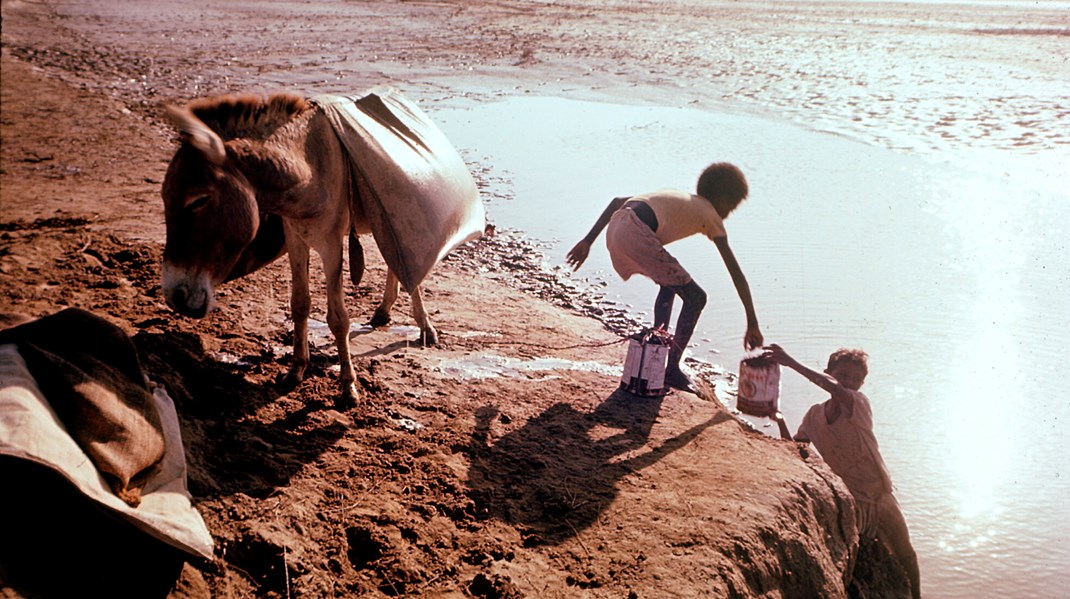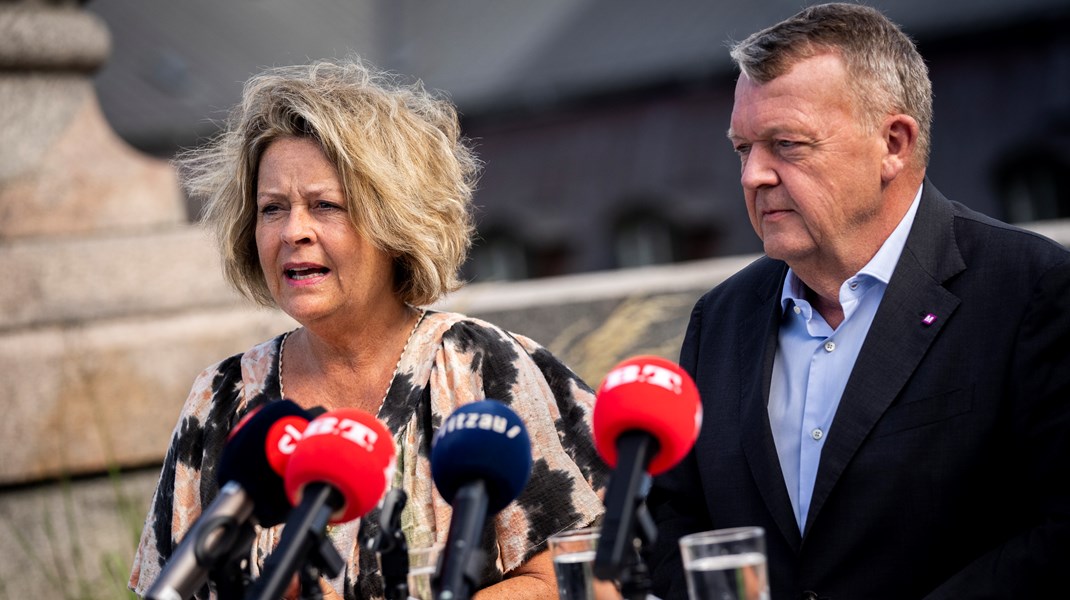Food security likely to deteriorate further in Somali Region
Severe food insecurity in Somali Region likely to deteriorate further given lack of food aid
In Ethiopia’s Somali Region, a food security Emergency is ongoing following a severe drought over the past year. This drought has resulted in very large livestock losses which have sharply reduced households’ access to food and have driven large-scale displacement. Serious human disease outbreaks are also ongoing. FEWS NET rapid assessments and other field reporting indicate high levels of acute malnutrition, excess mortality among children, and a heavy reliance on emergency food aid, especially in Dollo, Korahe, Afder, and Jarar Zones, where the drought has been most severe. Field reports indicate that food assistance delivery has been interrupted in Dollo and Korahe Zones, and even in areas where assistance delivery continues, the amount of aid provided is inadequate to fully address emergency needs. This suggests that food security outcomes could deteriorate further over the coming weeks, to extreme levels, if additional assistance is not provided quickly.
Rainfall over the Horn of Africa was below average over the last year with significant impacts on food security across much of the sub-region. Ethiopia’s Somali Region is one area that has been especially dry, with large areas experiencing Extreme or Exceptional Drought (Figure 1).
This drought, and its impacts on pasture and water availability, has resulted in significant declines in household livestock holdings due to both distress sales and deaths. While food prices remain generally stable and some safety-net transfers have occurred, the magnitude of these livestock losses has sharply reduced households’ access to food by limiting income from both livestock sales and, given the deaths of pack camels, other income-generating activities, like charcoal and firewood production.
As of June, the worst-affected households were classified in Emergency (IPC Phase 4) meaning that they faced large gaps in meeting their basic food needs or that these gaps were imminent given recent asset stripping. This lack of food has driven large-scale displacement and the concentration of households in IDP camps. It has also, in combination with serious outbreaks of Acute Watery Diarrhea (AWD) and measles, contributed to atypically high levels of acute malnutrition. Excess mortality among children has also been reported from the worst-affected areas. In Dollo and Korahe Zones, no emergency food assistance has been provided since the conclusion of the fourth round of food aid distributions in May, in part due to a lack of funding. Targeted supplementary feeding (TSF) is being provided at stabilization centers, but there is an anticipated pipeline break for TSF by the end of July.


